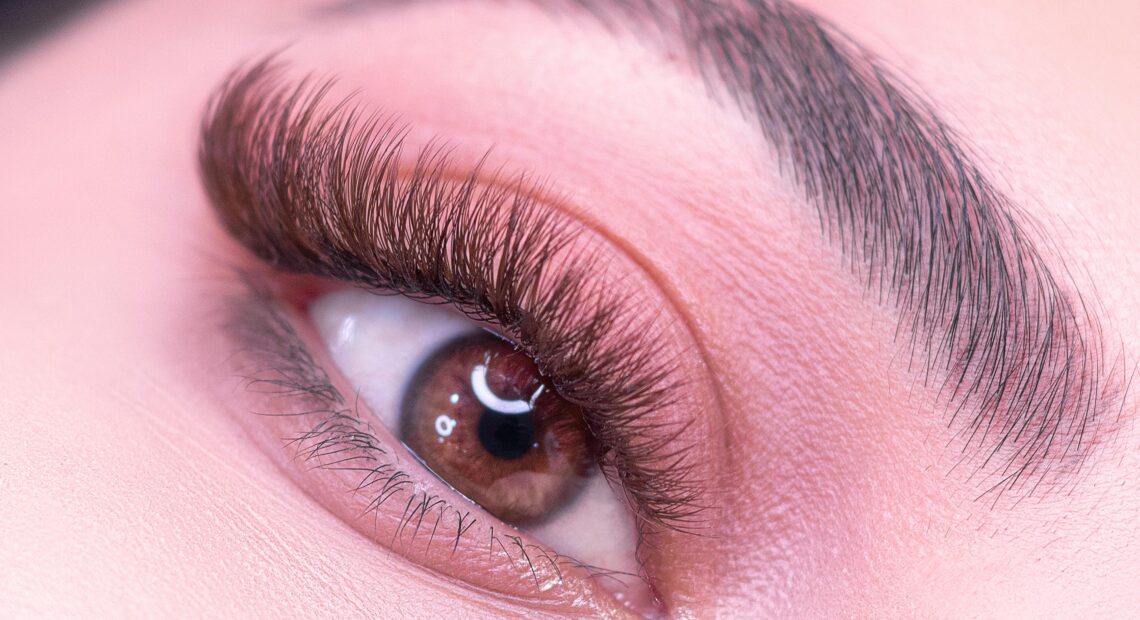Over half of eyelash extension users report eye problems

New study reveals
A new study has revealed that more than half (54%) of people using eyelash extensions experience eye-related issues. Weather conditions contribute to a significant portion (up to 36.5%) of eye disease cases. The research also uncovers six every day yet often overlooked daily habits causing substantial long-term damage to eye health.
Experts from Overnight Glasses have shared critical insights on how ordinary activities can negatively impact eye health, urging individuals to adopt simple preventive measures for lasting protection. Their findings highlight a range of risk factors, from the use of eyelash extensions to climate change, and offer practical advice to safeguard vision in daily life.
1. Eyelash extensions and their impact on eye health
A study examining 400 women has revealed alarming statistics about the use of eyelash extensions. The most common complications reported were itching (38%), lash loss (36%), and eye redness (34%). According to Gidon Sadovsky, an expert in the optical industry, the adhesives used in eyelash extensions can trigger severe allergic reactions. More concerning is that 12% of users were found to be using toxic multipurpose glue, which poses significant risks not only to eye health but also to respiratory well-being.
2. The effects of indoor air quality on vision
Research has shown that the air quality inside homes, especially bathrooms, can harm eye health. Mycotoxins produced by mould, particularly from Aspergillus species, trigger serious inflammatory responses in the eye’s surface cells. “These toxins can become airborne in humid environments,” Sadovsky explains. “Even low-level exposure can cause persistent inflammation and allergic reactions, which, over time, can lead to chronic eye conditions.”
3. Weather conditions and eye damage
The study also highlighted the impact of weather-related factors on eye health. It is well-documented that rising temperatures and pollution contribute to increased eye disease. Research shows that each 1°C rise in temperature leads to a 2% increase in UV radiation exposure. The combination of higher temperatures, decreased humidity, and worsening pollution creates the ideal eye damage conditions. Weather-related factors are responsible for up to 36.5% of eye disease cases, with UV exposure alone increasing the risk of cataracts by between 10% and 150% and viral eye infections by 14% to 33%.
4. Poor sleep hygiene and vision issues
Another significant contributor to eye health problems is poor sleep hygiene. Sadovsky warns that infrequent washing of pillowcases can lead to a build-up of bacteria, dead skin cells, and dust mites. This can cause chronic inflammation and recurring infections when the eyes come into contact with the contaminated fabric.
5. The dangers of pet-related risks
While pets are beloved members of many households, they can also pose a risk to eye health. With an estimated 62% of American households owning pets, increasing numbers of people are developing microscopic corneal abrasions from pet hair contact, particularly those who sleep with their pets or fail to wash their hands after interacting with animals. These seemingly minor injuries can lead to significant eye irritation and potential long-term damage if not addressed.
6. Eye drop dependency and rebound redness
Finally, the study warns about the dangers of becoming dependent on eye drops. While these products may temporarily relieve dry or irritated eyes, long-term use can create a cycle of “rebound redness” that damages blood vessels in the eyes.
“The continued use of eye drops can mask more serious underlying conditions, leading to a delay in proper diagnosis and treatment,” said Gidon Sadovsky from Overnight Glasses.
Sadovsky emphasised the importance of understanding how everyday activities impact eye health. He suggested that by incorporating simple preventive measures into daily routines, such as using cosmetics responsibly, improving environmental conditions, and practising good hygiene, individuals can safeguard their vision for the long term.
“Recognising these hidden risks allows us to make mindful adjustments to our habits that will support eye health beyond temporary fixes,” he said.
Image: Weather conditions contribute to a significant portion (up to 36.5%) of eye disease cases. Credit: Mehrab Zahedbeigi
Last Updated on 2 months by Dan Ngiam











